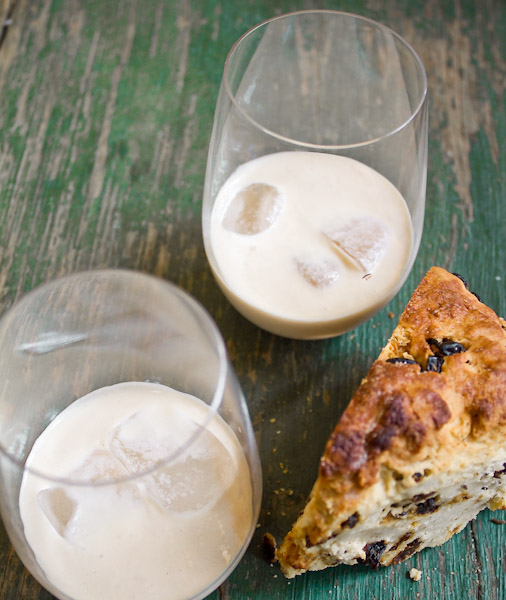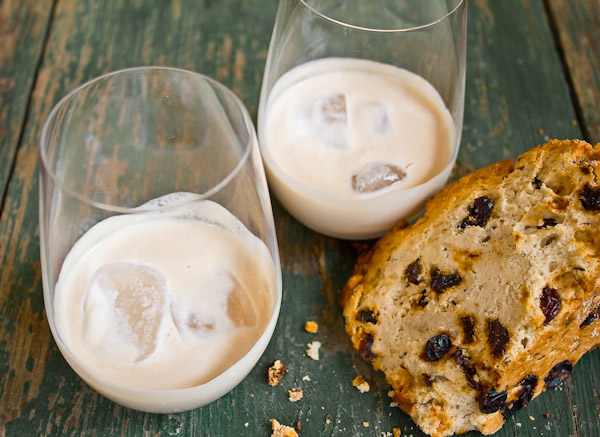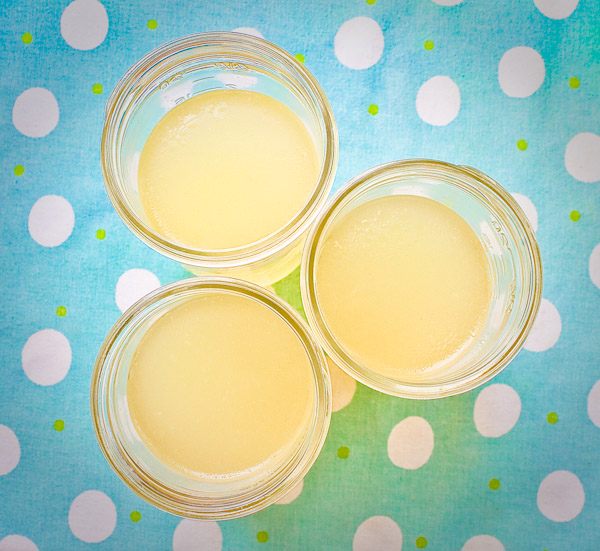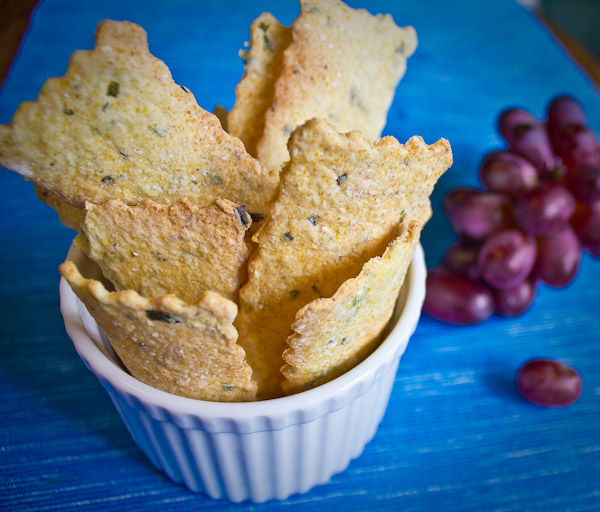 In my ongoing quest to eliminate store-bought processed foods from our kitchen and life, this week I tackled crackers. There is a long and growing list food items that I no longer even think of not making myself, and yet almost weekly I think nothing of tossing (overpriced) box after box of these crisp vices in my shopping basket. Growing up in shoreline Connecticut in the 80's "cheeseandcrackers" were a very big deal. Practically their own extracurricular activity. I vividly remember going to our immpeccable cheese shop on Main Street with my grandmother and picking out an appropriate assortment of contrasting cheeses and suitable cracker sidekicks for that weekend's cheese tray. I was always most intrigued by the layer cake-esque Huntsman cheese, consisting of stripes of Double Gloucester and Stilton cheeses. Carrying on in that early-ingrained tradition, we always have a nice piece or two of cheese on hand and a cupboard stocked with cracker choices for insta-entertaining. So with my long history with cheeseandcrackers, I am even more surprised that making my own crackers hadn't come up before (particularly with now making my own cheese from time to time). A remarkably easy project, offering a gazillion flavor possibilities, from as hearty and rustic to delicate and subtle as you want to make them. When picking out a special piece of carefully crafted cheese, you can decide exactly what vehicle will deliver this creamy treasure to your gullet. Doesn't your own cheeseandcrackers ritual deserve at least as much?
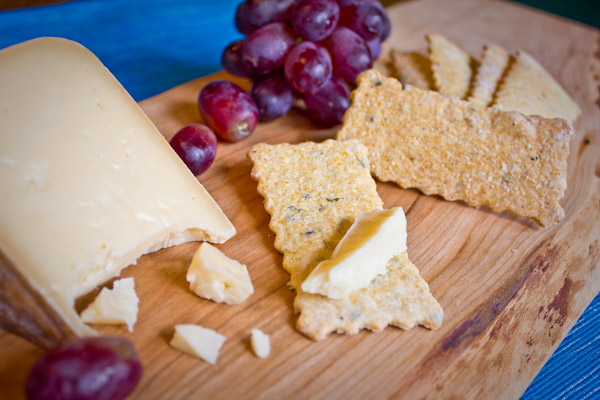 | ||||||||||||||||||||||
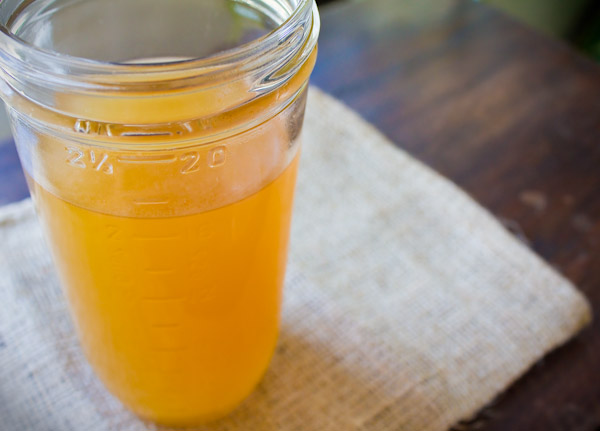 Sweet, elegant, rosy, and full of the ocean, homemade lobster stock grabs my attention like little else. Having a few quarts of this on hand in my freezer has allowed me, on more than one occasion, to pull a seafood risotto out of thin air for unexpected dinner guests. I'll repeat that--pull seafood risotto out of thin air. Like last week's tutorial on making chicken stock, I think it is incredibly important to make a point to use every part of an animal and take nothing for granted. Particularly with pricy lobsters, not wasting any of their precious flavor or nutrients seems paramount. The shells and body have loads of luscious lobster essence, and tossing that out feels criminal. (more…) | ||||||||||||||||
Of all of the amazing things I learned in culinary school, by far the most valuable was how to make great stock. I clearly remember the lightbulb moment when it was demonstrated to us. I clearly remember rushing home that weekend with a bag of carrots, celery, and onions, dying to practice it on my own, and proudly showing my husband my new skill. At this point it is totally ingrained in our weekly life. We whip up a pot of stock almost without thinking, whenever we have extra bones or the reserve in the freezer is getting low. Daily we use lovely homemade stock in all areas of cooking, sometimes where you would just add water, adding a huge boost of flavor and protein. It is such a joy to have it always on hand, know exactly what is in it, and have such a superior ingredient. I can't even smell store-bought broth in a can anymore. There. Is. No. Comparison. I also really value that we are using every bit of the animal, right down to its bones, neck and feet. There is incredible flavor and protein in there. But also if that animal is going to die for me to eat it, and I am certainly not going to take that for granted and be wasteful. Do yourself a giant favor and have a few quarts of this on deck in your freezer. Use it to cook rice and grains, reduce it for sauces, throw in shredded vegetables and thin noodles for a quick soup, and hundreds of other applications. I also love sipping a mugful for a mid-afternoon snack.
| ||||||||||||||||||||||
I'm covered in flour and the entire house smells like warm bread. A good day by all standards.
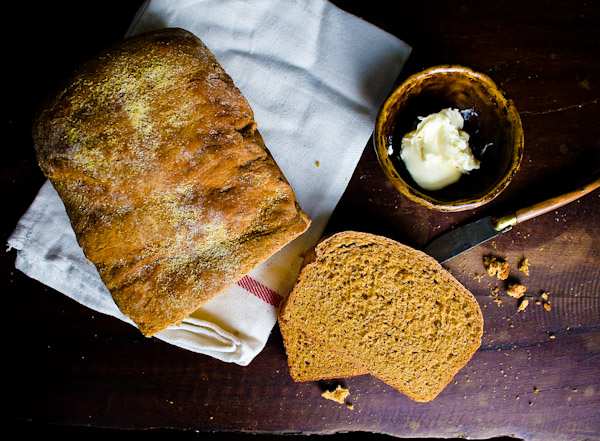 With slender baguette pans, gurgling jars of sourdough starter, and an array of silky flours, my father was a talented bread baker. One of his specialties, the one I hold dearest, was Anadama Bread. As a kid, the lore of the New England fisherman who threw his bowl of molasses-sweetened cornmeal mush at his bread baking wife, exclaiming "Anna, damn ya!", mixing the ingredients and thus giving birth to this accidental recipe was consistently intriguing, and consistently an excuse to use an unapproved word. But the flavor, aroma, and character of this bread, far outweighed it's value for smut-mouthed opportunities. With slender baguette pans, gurgling jars of sourdough starter, and an array of silky flours, my father was a talented bread baker. One of his specialties, the one I hold dearest, was Anadama Bread. As a kid, the lore of the New England fisherman who threw his bowl of molasses-sweetened cornmeal mush at his bread baking wife, exclaiming "Anna, damn ya!", mixing the ingredients and thus giving birth to this accidental recipe was consistently intriguing, and consistently an excuse to use an unapproved word. But the flavor, aroma, and character of this bread, far outweighed it's value for smut-mouthed opportunities.A yeasty moist bread, it is made hearty with the addition of cornmeal, and sweet and tangy with the addition of molasses. This is the quintessential eat at least a half a loaf slathered in butter right out of the oven as soon as it is cool enough to slice homemade bread. Chewy, with a pillowy crumb, this also makes the best, the best, toast. The sugars in the bread form a delicate crust all over the surface, providing just enough slight crunch before giving way to a slightly sweet supple center. It also makes an amazing sandwich. As it is baking, largely thanks to the molasses, the bread will perfume your home with a distinct comforting gorgeousness, certain to lay tracks for intense sense-memory experiences decades from now. As has absolutely proven true for me. (more…) | ||||||||||||||||
|
|
{ welcome! }
 Catie Baumer Schwalb is a chef, food writer and photographer, who splits her life between the city and the country. Not too long ago Catie was a New York City based actress and playwright for more than a decade. She has her Master of Fine Arts from the National Theater Conservatory, and her Grand Diplôme in classic culinary arts from the French Culinary Institute in New York City.
... Read More ≫
Catie Baumer Schwalb is a chef, food writer and photographer, who splits her life between the city and the country. Not too long ago Catie was a New York City based actress and playwright for more than a decade. She has her Master of Fine Arts from the National Theater Conservatory, and her Grand Diplôme in classic culinary arts from the French Culinary Institute in New York City.
... Read More ≫{ get in touch }
{ what's new }
September 12, 2015
August 19, 2013
August 15, 2013
August 13, 2013
August 1, 2013
{ favorites }
{ archives }
Appetizers / Breads & Pastry / Breakfast / Cakes / Canning / Condiments / Dinner / DIY foods / Drinks / Fall / favorites / Grains / Holidays / Local / Noodles & Pasta / Pies & Tarts / Poultry / Salads / Seafood / Snacks / Soup / Spring / Summer / Sweets / Techniques / Vegetables / Vegetarian / Winter /
{ currently reading }
|



